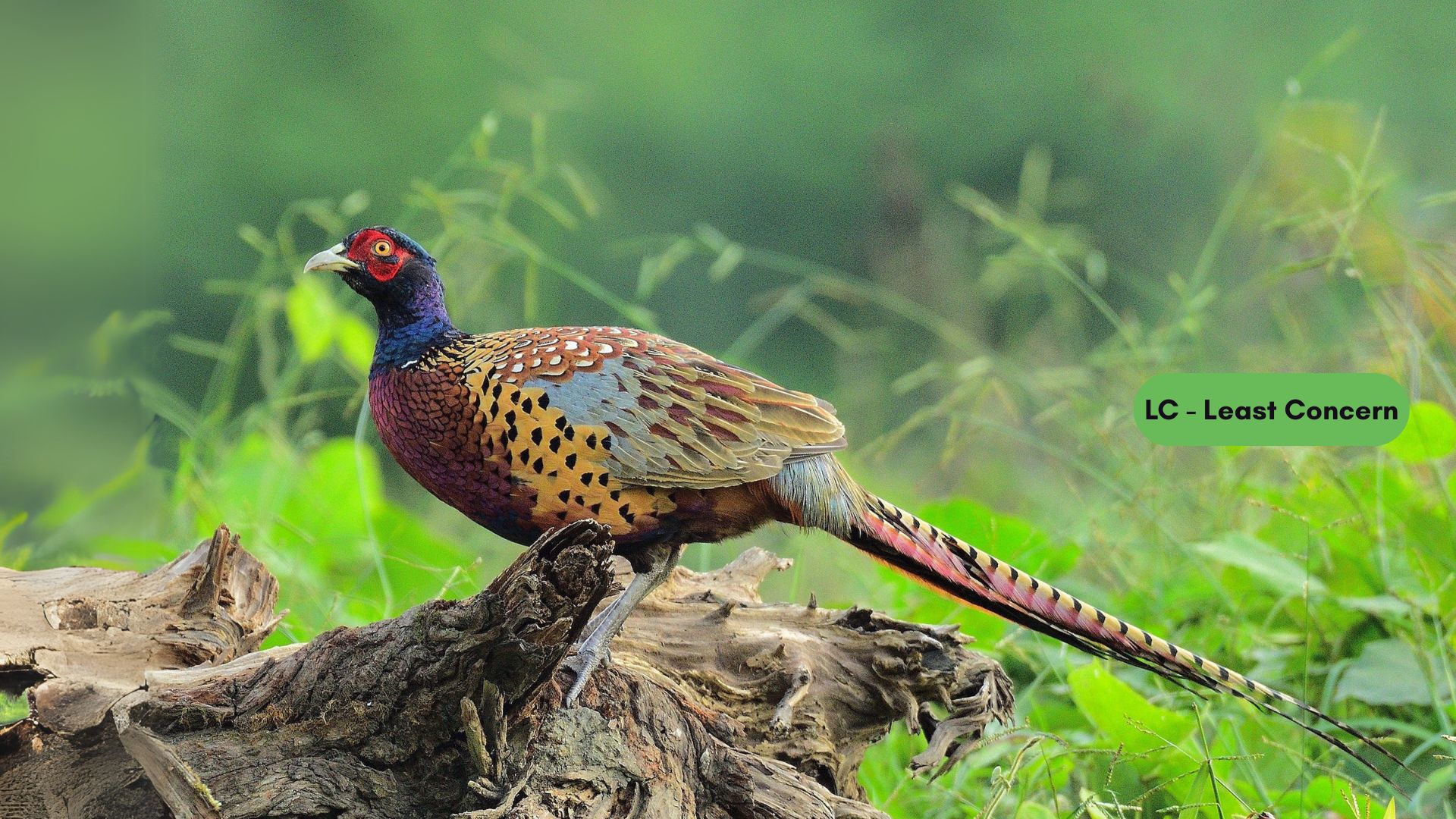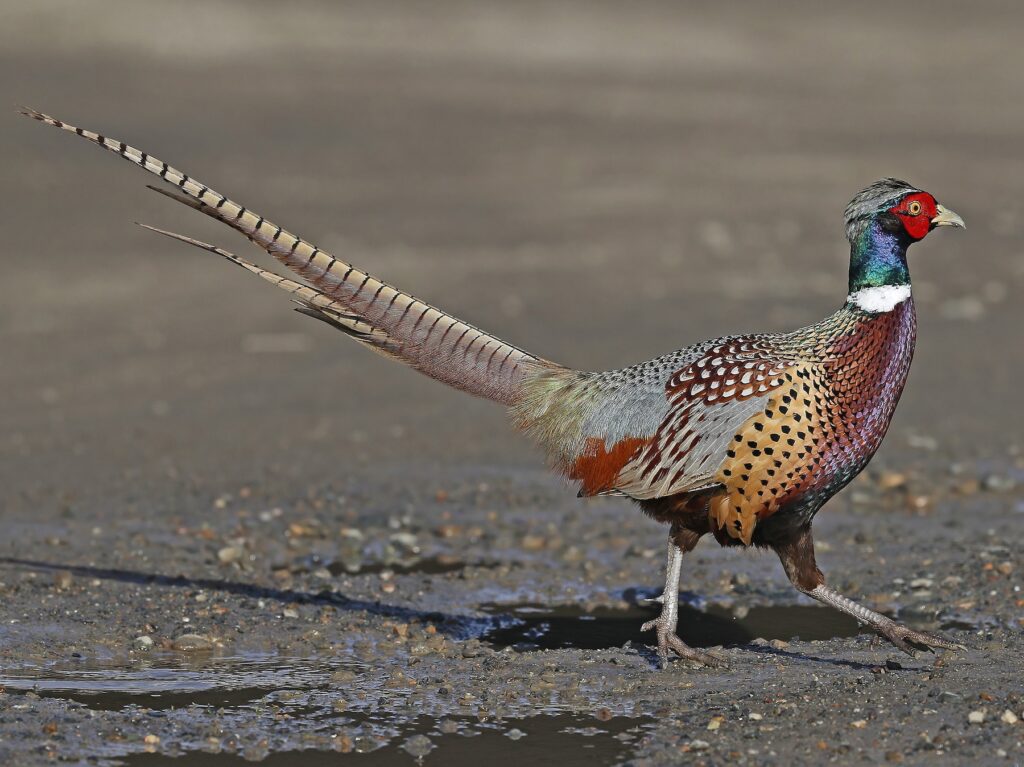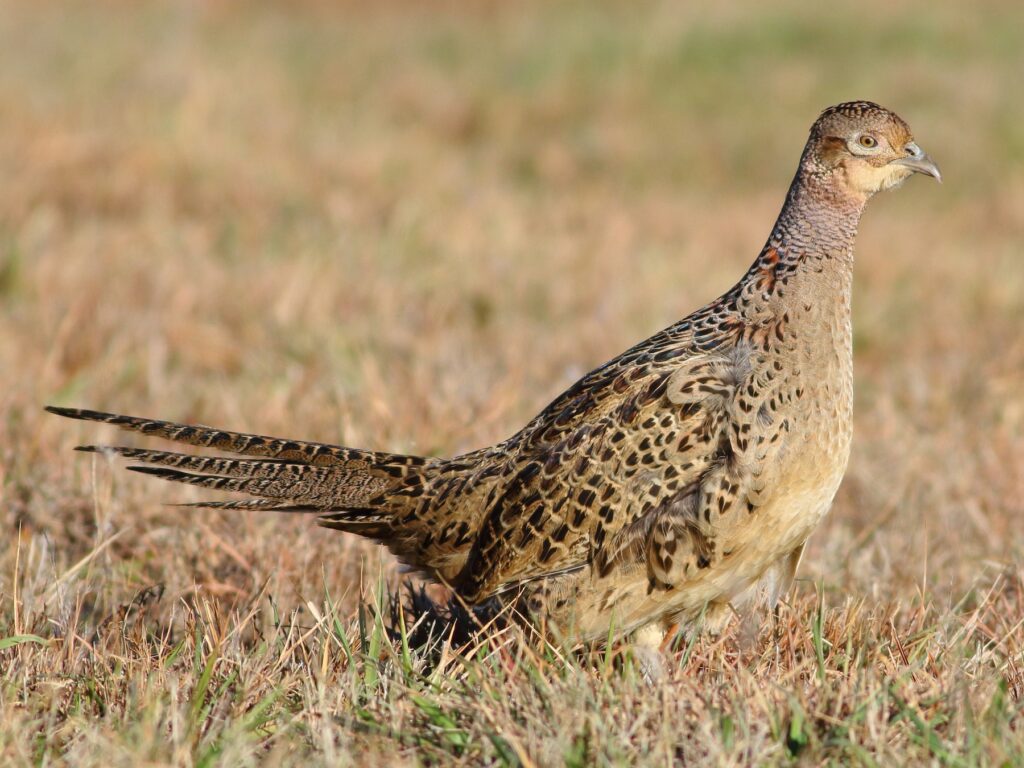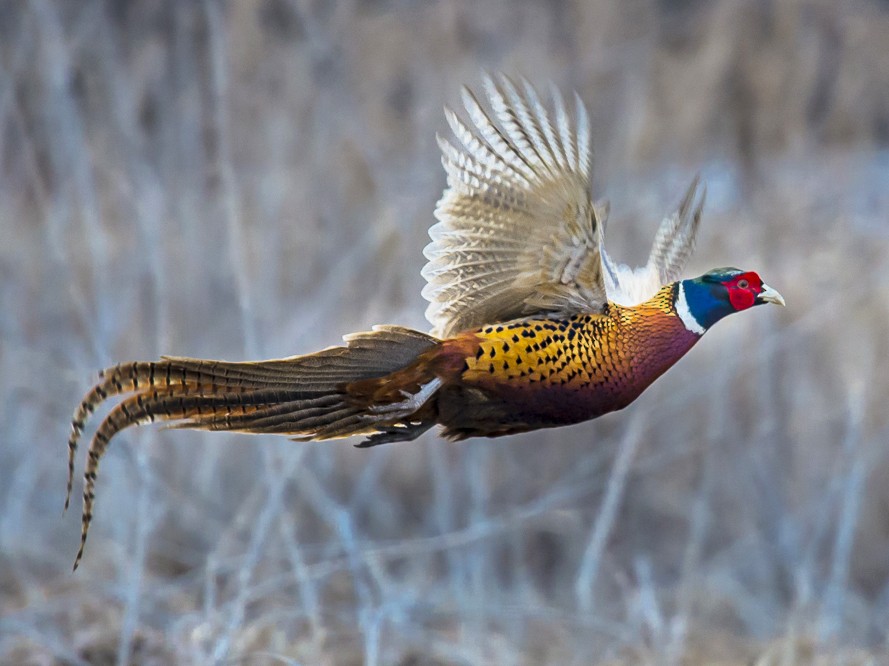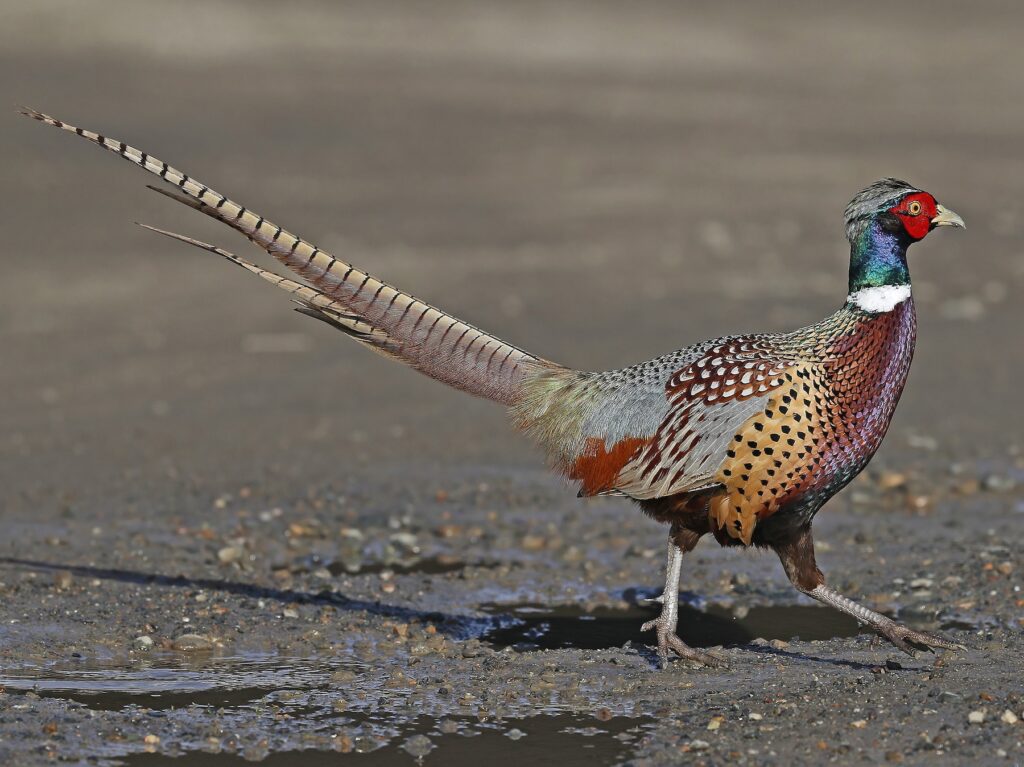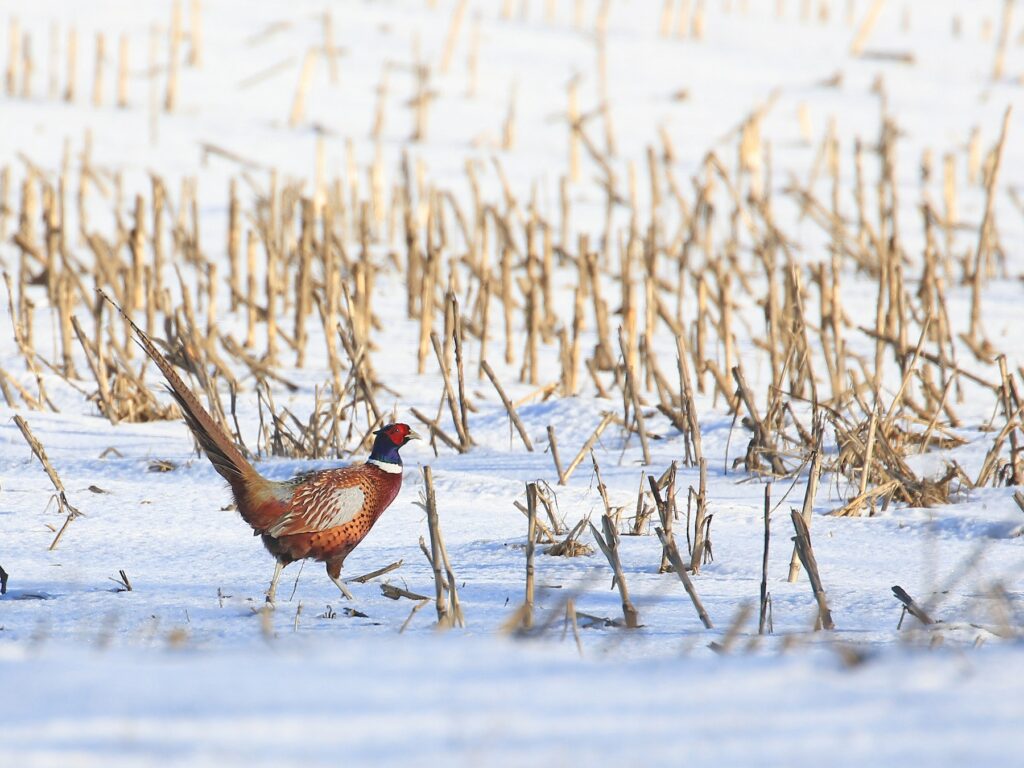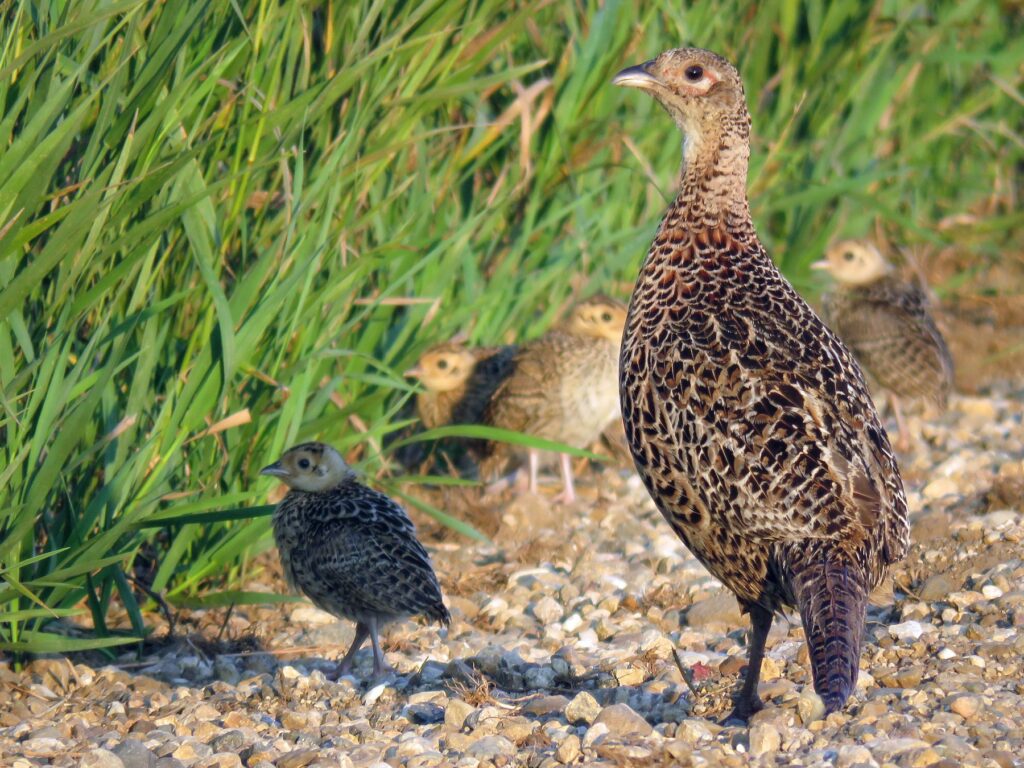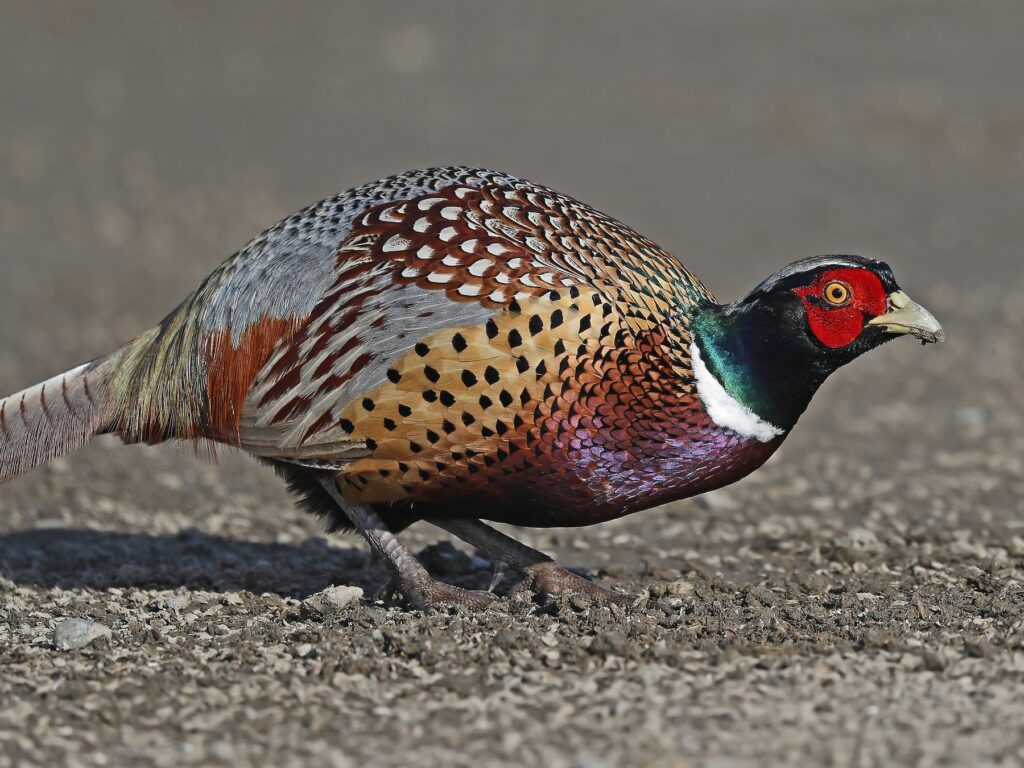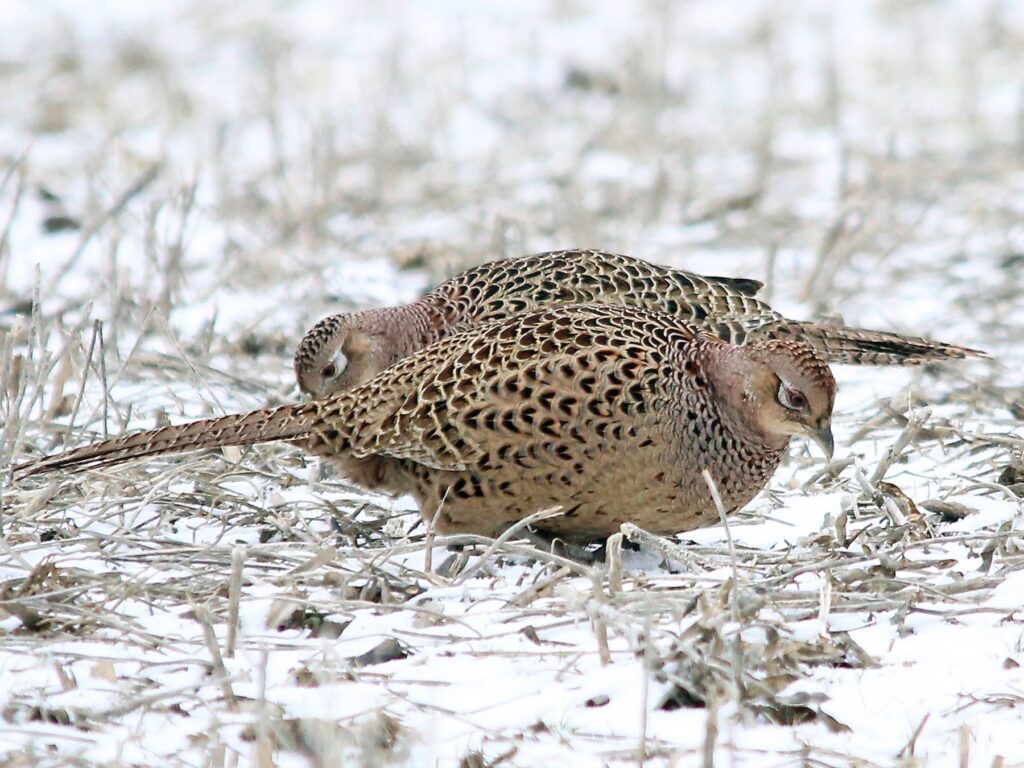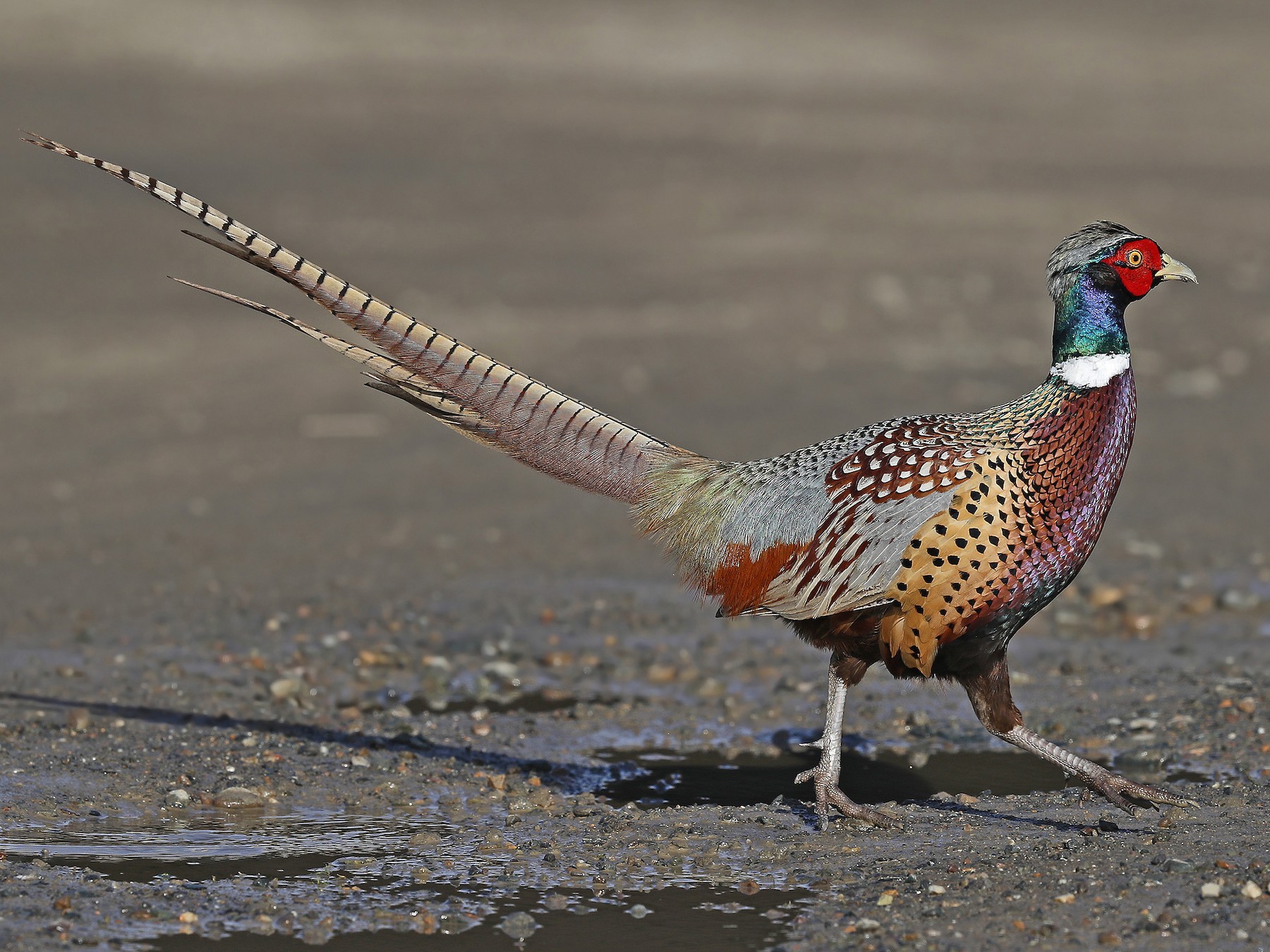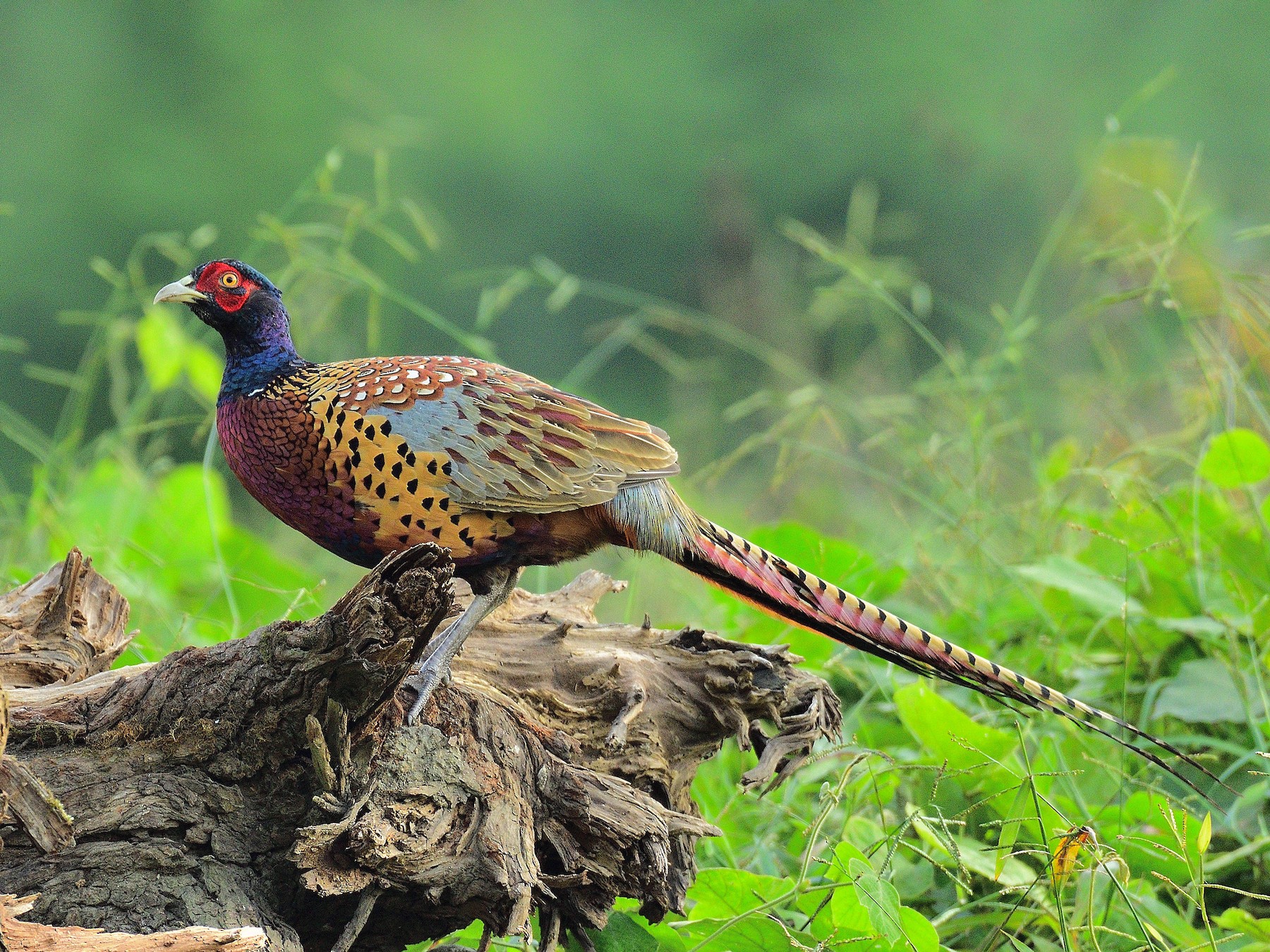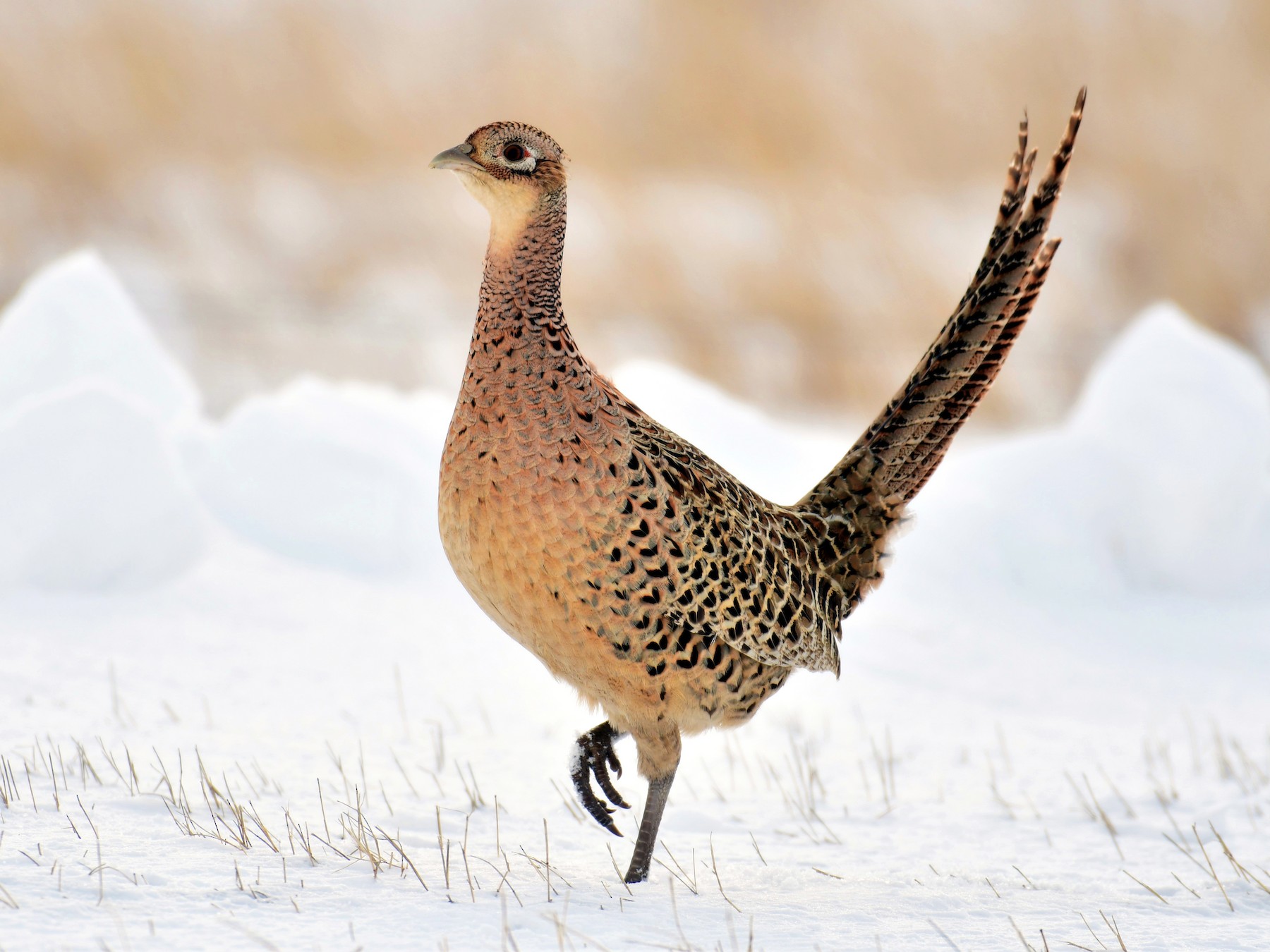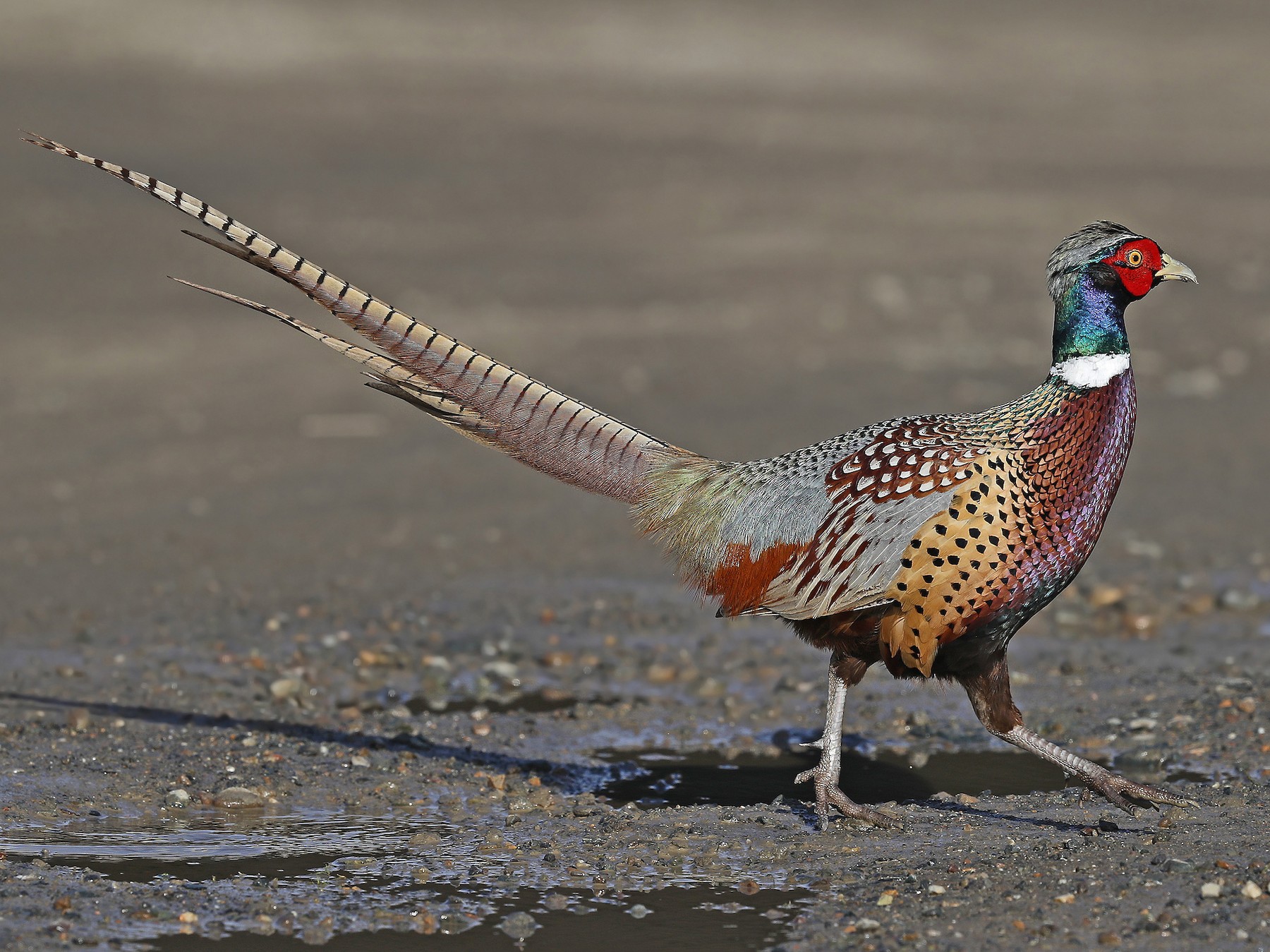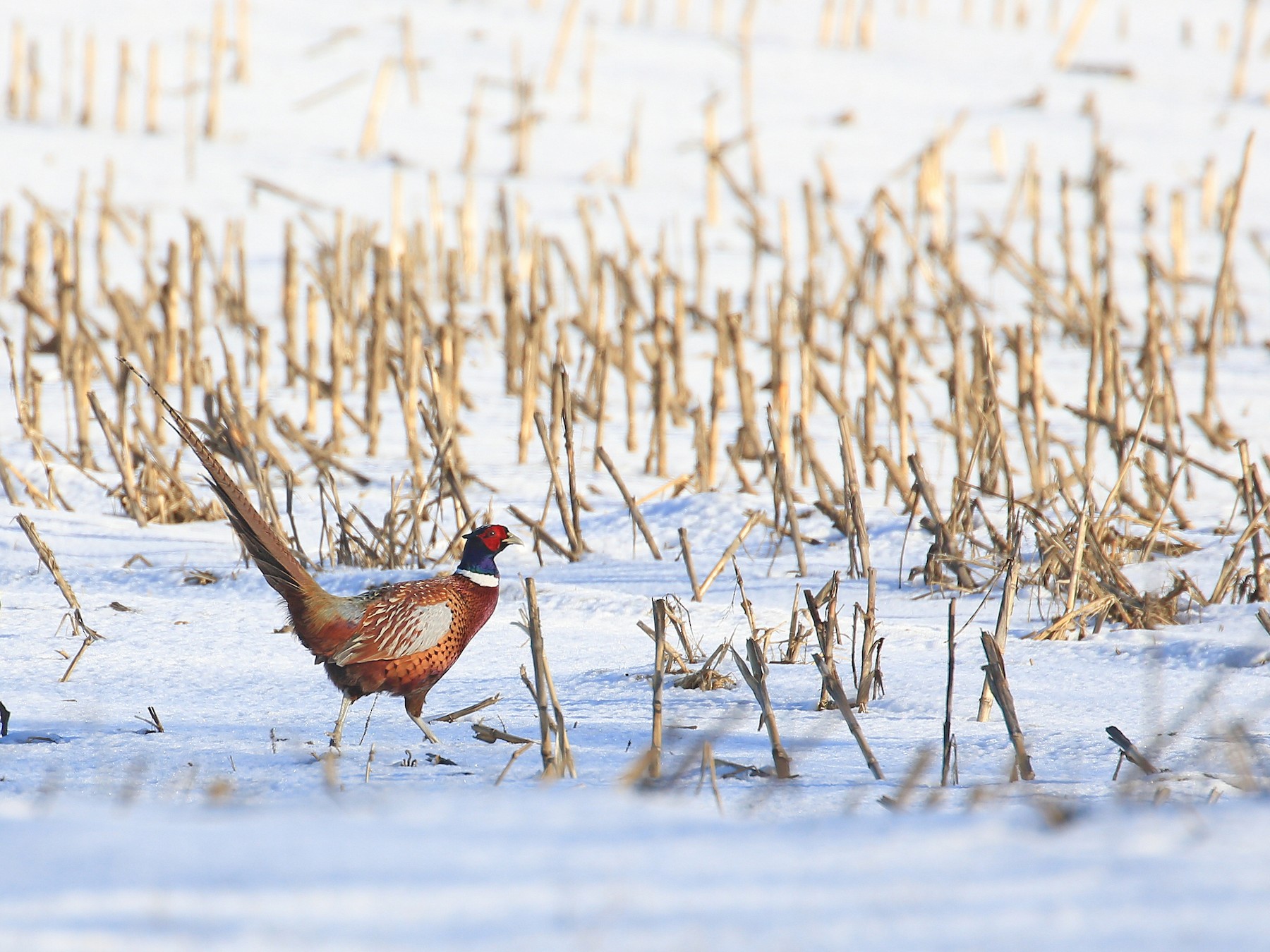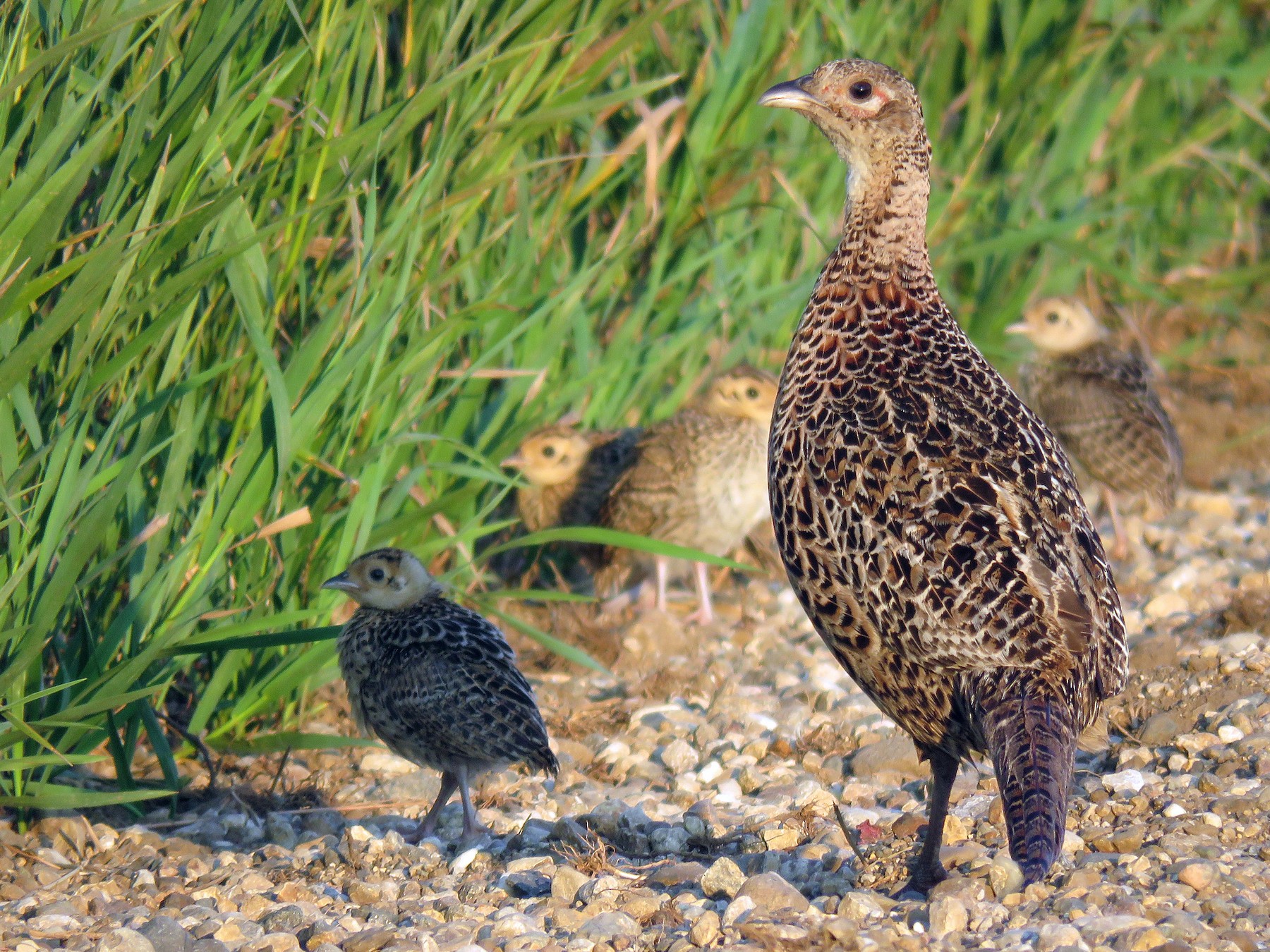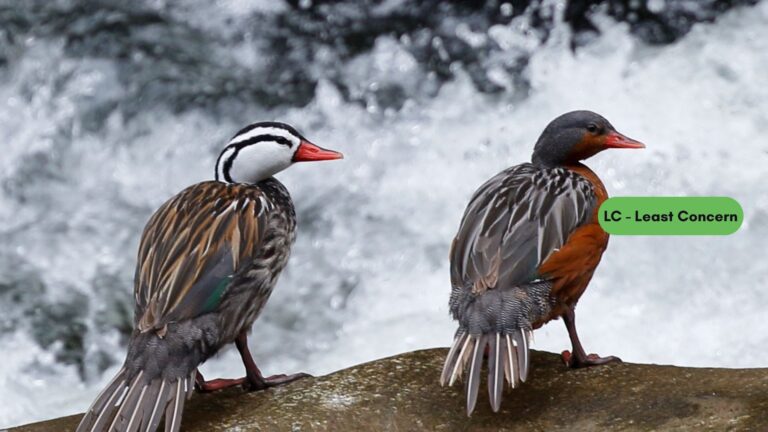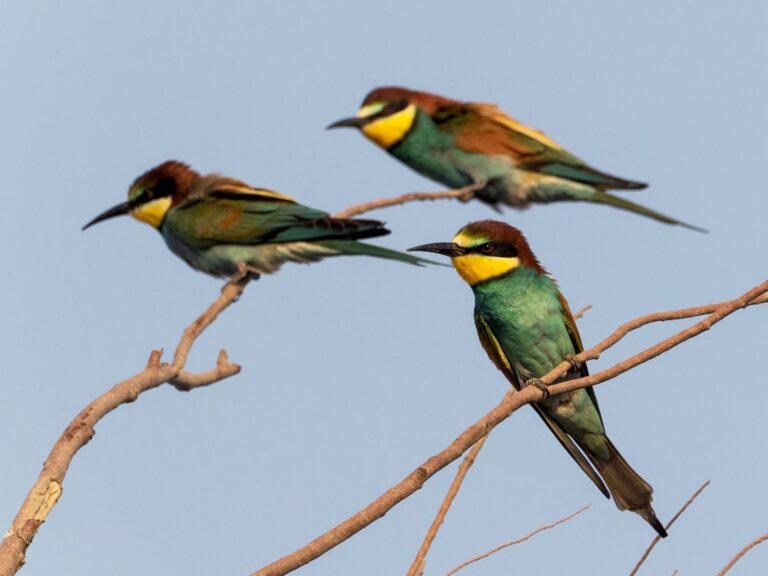Ring-necked Pheasant: Unveiling the Majesty of a Timeless Game Bird
The Ring-necked Pheasant stands out for its vibrant colors and quirky behavior. These birds adapt well, thriving in all kinds of habitats across North America—no wonder birdwatchers and hunters love them.
They play a big role in their ecosystems, shaping the dynamics of the places they call home. Their diet—seeds, insects, and small fruits—ties them closely to their environment.
Interactions with humans create both opportunities for conservation and, honestly, some headaches due to habitat loss and hunting. If you want to help, understanding their ecology and life cycle is a good place to start.
Supporting this species can make a difference for both the birds and the habitats they rely on. If you’re curious, check out ways to support this species.
Key Takeaways
- The Ring-necked Pheasant adapts well to various environments.
- Its diet includes a mix of seeds and insects, impacting local ecosystems.
- Understanding its life cycle is crucial for effective conservation practices.
Sign Up for Our Monthly Newsletter
Every month we send out our newsletter about interesting (and sometimes quirky) things happening in the world of birding. Give it a try!
Overview of the Ring-necked Pheasant
The Ring-necked Pheasant is a real showstopper with its bold colors and unique personality. It belongs to the Phasianidae family and has earned its status as a classic game bird in many places.
Taxonomy and Classification
Scientists call the Ring-necked Pheasant Phasianus colchicus. It falls under the order Galliformes, which also covers ground-feeding birds like chickens and turkeys.
This species fits into the Phasianidae family, a group packed with game birds. Subspecies show some variety in color and behavior, which is honestly kind of fascinating.
Grasslands and farmlands are their main hangouts, and hunters often seek them out. Their taxonomic spot just underlines their ecological and recreational value.
Physical Characteristics
These birds have some wild looks. Males, especially, sport a green head, a crisp white neck ring, and a long, dramatic tail. Their bodies flash gold, brown, and iridescent shades—pretty hard to miss. Females, though, wear muted browns that help them blend in. Not as flashy, but it works.
Males tip the scales between 2.5 and 6.5 pounds and stretch 25 to 30 inches long. Their strong legs let them run and fly well, which comes in handy out in the uplands.
Origin and Global Distribution
The Ring-necked Pheasant originally came from China. People have introduced it all over, and now it pops up across North America and Europe.
It’s comfortable in open fields, woodlands, and even busy agricultural areas—anywhere with cover and food. In the U.S., hunters especially prize it, and its arrival has definitely shaken up local wildlife and habitats. This bird’s knack for thriving outside its homeland says a lot about its adaptability.
Habitat and Ecology
Ring-necked pheasants make themselves at home in a range of habitats that meet their needs. They look for the right spots to nest, forage, and shelter as the seasons change.
Preferred Habitats and Range
They like places with both cover and open space—think grasslands, farm fields, and brushy edges. Their range covers much of the United States, especially the Midwest where farming dominates. These places give them food and safe spots to nest.
Pheasants do best in landscapes with diverse vegetation. That variety lets them dodge predators and find meals. Keeping these habitats around is key for their survival.
Grasslands and Agricultural Landscapes
Grasslands are basically perfect for ring-necked pheasants, offering both nesting cover and food during breeding season. In farm country, they use crop fields and grassy strips. Seeds and insects are everywhere, so they don’t go hungry.
Farmers can actually help pheasants by creating buffer strips or leaving some fields alone. It might not seem like much, but it really boosts habitat quality.
Seasonal Cover Needs
Winter’s tough for pheasants—they need thick brush and tall grass to stay warm and hide from the wind and snow. They often forage in leftover crops like cornstalks, which helps them get through the cold months. In spring and summer, they hunt for thick grasses and shrubs to hide their nests from predators and bad weather.
If they can find the right cover each season, their chances of breeding and surviving go way up. Want a deeper dive? Check out studies on their nesting ecology and habitat selection.
Life Cycle and Reproduction
The life cycle of the ring-necked pheasant has a few key stages. Breeding, nesting, and chick development all play a part in keeping the species going.
Breeding Behaviors
These birds go for polygynous mating—one male, several females. Males set up territories from March to May and show off with puffed feathers and loud calls. When a female picks a mate, they might breed several times. Females handle the nesting, while males fend off rivals and predators.
Nesting and Egg Laying
Females nest in grassy spots with good cover. They scrape out a shallow nest on the ground, hiding it in the vegetation. She lays 8 to 15 pale tan eggs with tiny speckles. Grass, reeds, and feathers line the nest to insulate the eggs. The female stays on the eggs, keeping them warm and safe from predators.
Incubation and Chick Development
Eggs take about 23 to 28 days to hatch. The female barely leaves the nest, except to grab a quick meal.
Chicks hatch ready to go—they can walk and feed themselves almost immediately. The mother leads them to food and keeps an eye out for danger. A successful brood makes all the difference, but plenty can go wrong in those early days.
Diet and Feeding Habits
Ring-necked pheasants mostly eat seeds, grains, and other plant stuff. Their diet shifts with the seasons and what’s available around them.
Natural Diet Composition
These birds aren’t picky. They munch on seeds, fruits, and insects. In the wild, their menu usually includes:
- Seeds: Grasses and grains top the list.
- Fruits: Berries and other fruits, when they can find them.
- Insects: Young pheasants, especially, need protein from bugs.
This mix keeps them healthy and supports breeding. They go for easy meals, often sticking to open areas with plenty of food. Studies show they’re flexible eaters—if something’s handy, they’ll eat it. For more, see their food habits in Minnesota.
Role of Grain Crops
Grain crops are a lifesaver for pheasants in winter. Farmers grow corn, sorghum, and wheat, which become essential food sources.
- Corn
- Sorghum
- Wheat
These grains help pheasants survive harsh weather. Areas with good winter cover and cereal crops make the best habitats. Access to grain keeps them healthy when food’s scarce. Nutritional studies highlight how supplemental grains boost pheasant health. Curious about the details? Here’s a study on winter food sources.
Threats and Conservation
Ring-necked pheasants face real threats—predation, habitat loss, and the ongoing struggle for conservation. If you want to protect these birds, you’ve got to know what they’re up against.
Predation and Pheasant Mortality
Predators like foxes, raccoons, and hawks hit pheasant nests and chicks hard. Most losses happen during nesting season when eggs and chicks are easy targets.
Safe nesting areas make a difference. Dense grasslands and thick cover hide nests from hungry eyes. In some regions, managing predator numbers helps too. Wildlife managers keep these factors in mind to give pheasants a fighting chance.
Habitat Loss and Degradation
Habitat loss threatens ring-necked pheasants in a big way. Urban development and expanding agriculture keep eating into their space. Land-use changes chip away at the grasslands and wetlands these birds need to survive. With fewer native habitats, pheasants struggle to find enough food and shelter.
Restoration projects play a big role in improving habitat quality. Conservation reserve programs can give pheasants safe places to breed and forage. When we restore their natural environments, pheasant numbers can bounce back. Keeping habitats diverse really does support a healthier ecosystem for everyone—wildlife and people alike.
Conservation Efforts and Strategies
Groups focused on ring-necked pheasants put a lot of energy into habitat restoration and protection. Organizations design programs to improve land management. Farmers sometimes get incentives to make their land more pheasant-friendly, which can help these birds recover. It’s not always easy, but every bit helps.
Education and community involvement make a big difference too. When local folks get involved, wildlife initiatives find more support. Raising awareness about saving habitats and protecting species can push conservation goals forward. Programs that track pheasant populations give us the data we need to plan next steps.
Ring-necked Pheasant and Human Interaction
People have a huge impact on the Ring-necked Pheasant’s survival and management. There’s hunting, sure, but also a cultural connection that shapes how we see these birds.
Harvest and Hunting Regulations
Hunting Ring-necked Pheasants is a favorite pastime in a lot of places, especially in the U.S. States set up hunting seasons to keep populations in check.
Most states have rules like:
- Season dates: Usually from October to January.
- Bag limits: Limits on how many birds you can take in a day.
- Licensing: You’ll need a hunting license, no surprise there.
These rules help protect pheasant numbers and keep things balanced. If you’re a hunter, you really should know the regulations.
Cultural and Economic Significance
The Ring-necked Pheasant means a lot to hunting communities. It’s kind of a classic game bird, and folks celebrate it in lots of ways.
Hunting brings people together and builds tradition. There’s money in it too—hunting licenses, permits, and all the gear people buy.
- Revenue from licenses and permits helps fund conservation.
- Local shops, hotels, and restaurants see a boost when hunting season rolls around.
Some states even use the pheasant as a symbol in official events. For many, these birds are woven into the fabric of community life—nature and people, all tangled up together.
Frequently Asked Questions
Here’s a rundown of some common questions about ring-necked pheasants—their looks, where they live, what they sound like, and a bit about conservation. If you’re curious about these birds, you’re in the right place.
What distinguishes male and female ring-necked pheasants in terms of appearance?
Male ring-necked pheasants stand out with bright colors. Their heads shine green, necks sport a white ring, and their feathers show off gold and brown. Females, on the other hand, wear mottled brown feathers. This helps them blend in, especially when nesting—camouflage is everything for them.
How can you identify the native habitat of the ring-necked pheasant?
These birds love open fields, grasslands, and spots near wetlands. Dense cover and food sources are a must for them. You’ll often spot them in farm country, especially where corn and soybeans grow. Those crops offer plenty of food and hiding places.
What are the characteristics of ring-necked pheasant feathers?
Ring-necked pheasant feathers come in all sorts of colors and textures. Males have those shiny, iridescent feathers that catch the light. Females stick with browns and tans—they need to stay hidden, after all. Both males and females rely on their feathers for warmth and protection.
What is the general size and weight range for an adult ring-necked pheasant?
Adult males usually weigh between 3 and 4.5 pounds. Their bodies stretch out 24 to 30 inches, tails included. Females run a bit smaller—2 to 3 pounds and about 18 to 24 inches long. Not a huge difference, but you can tell if you look.
Can you describe the typical vocalizations made by ring-necked pheasants?
Ring-necked pheasants have distinct calls you can’t really miss. Males belt out a loud “crow” sound, especially when it’s time to breed. Females keep it quieter, with soft clucks and cackles—usually a sign of alarm or stress. These sounds help them communicate and stay safe out there.
Is the ring-necked pheasant considered an endangered species?
The ring-necked pheasant isn’t endangered. Actually, you’ll find it all over North America. Still, some local groups struggle when their habitats disappear or the environment shifts. People and organizations step in with conservation efforts to keep their numbers up in different areas.
